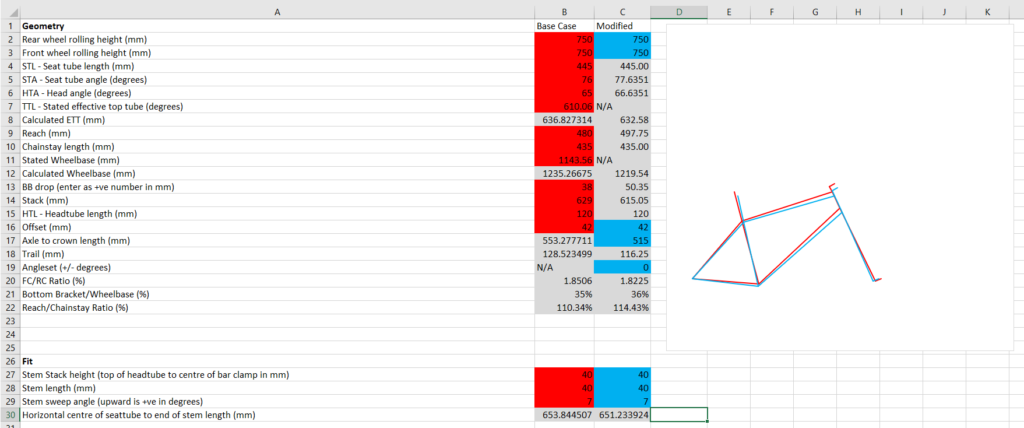

Leg Height: the height measured from top to bottom, as shown belowĭefines the default leg height when you have multiple legs within your portal frame design and would only like to set the leg height once.Bay Width: the distance between the two legs of the frame.Here we have to input the number of bays/frames used in the design. ClearCalcs supports the following standard portal frame constructions, plus a custom option if you're designing for a unique client. Select your desired portal frame type by clicking the blue 'Select' button. The first section we need to fill in is the Portal Frame Geometry, shown in the figure below.
#Frame geometry calculator how to#
How to Analyse a Portal Frame in ClearCalcs It will explain the basics of the ClearCalcs Portal Frame Analysis Wizard and lay the groundwork for you to fully understand the worked examples below! We recommend you read the following article prior to continuing on with this one. Designing Components by Linking New Calculators The sheet has 5 main sections, including the Worked Examples section:ĥ. These individual components may then be designed by creating a new "Design Only" calculation and linking it to the portal frame analysis calculation. It then determines the cumulative load applied, support reactions, bending moment, shear and axial forces, extension and displacement for each individual component of the portal frame. The ClearCalcs Portal Frame Analysis calculator allows users to input the geometry of some common portal frame types and specify the load conditions on the truss. Portal Frame Analysis: Worked Examples Scope


 0 kommentar(er)
0 kommentar(er)
